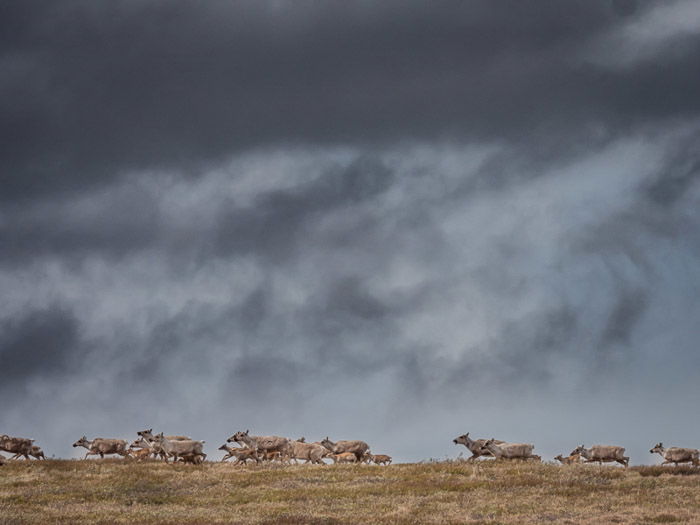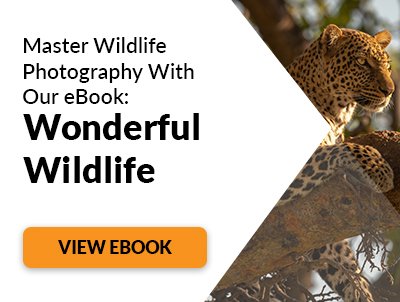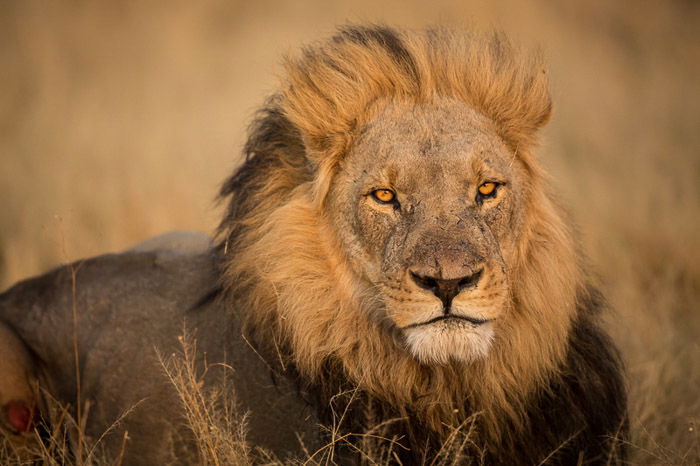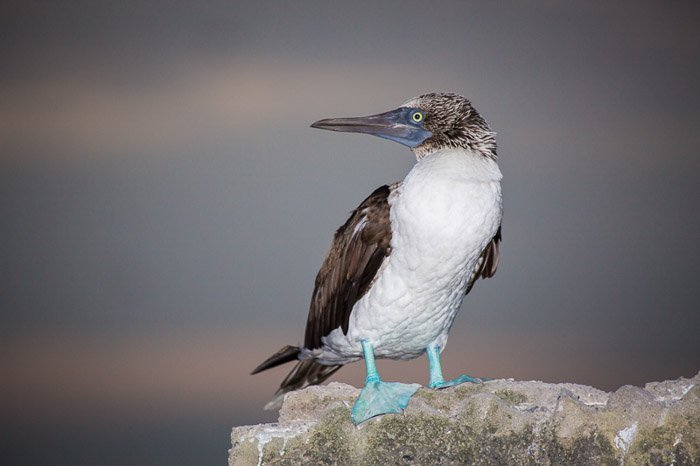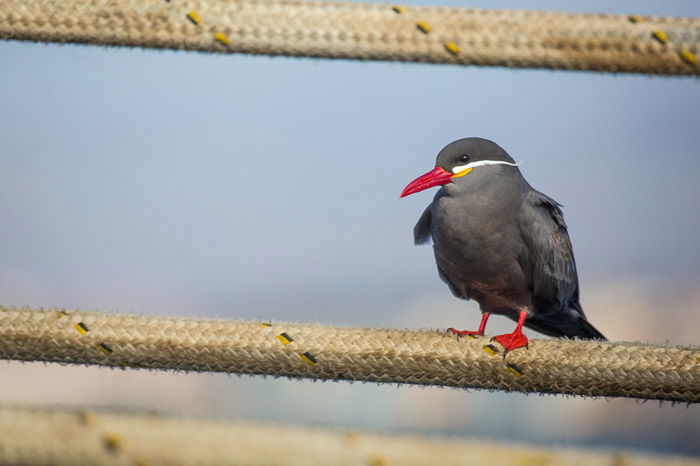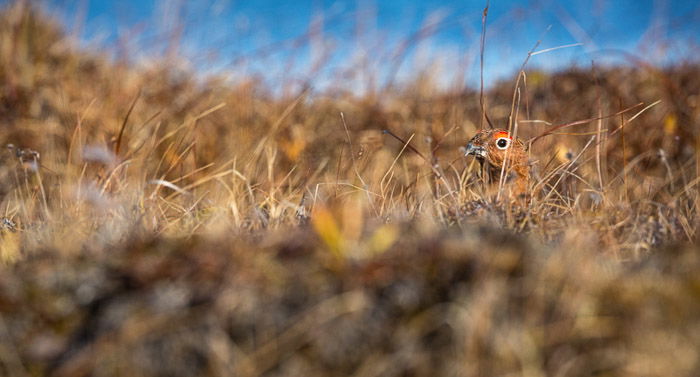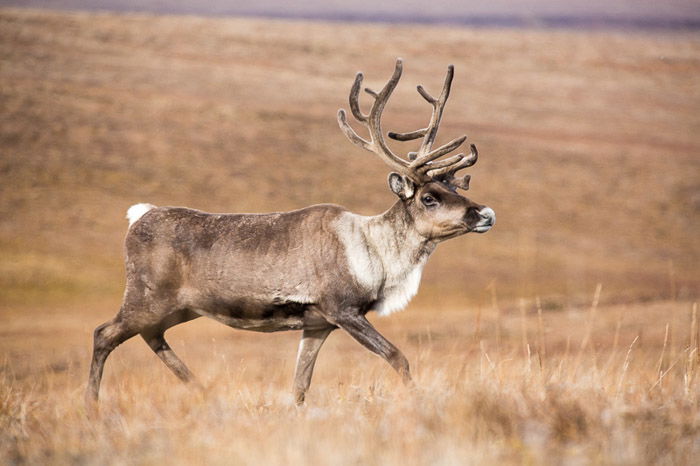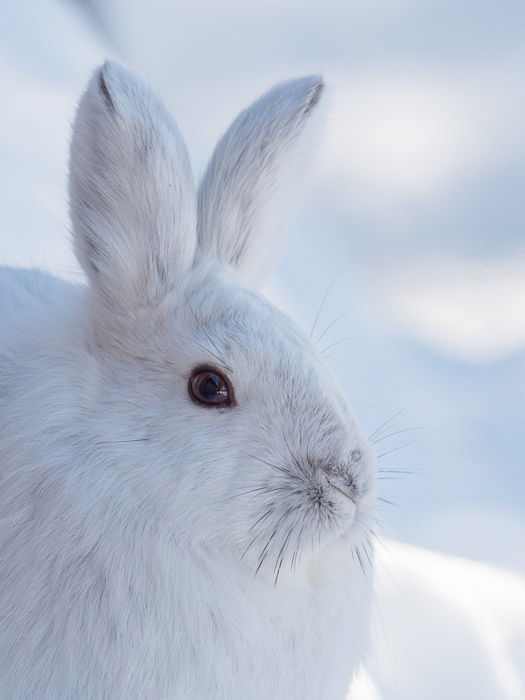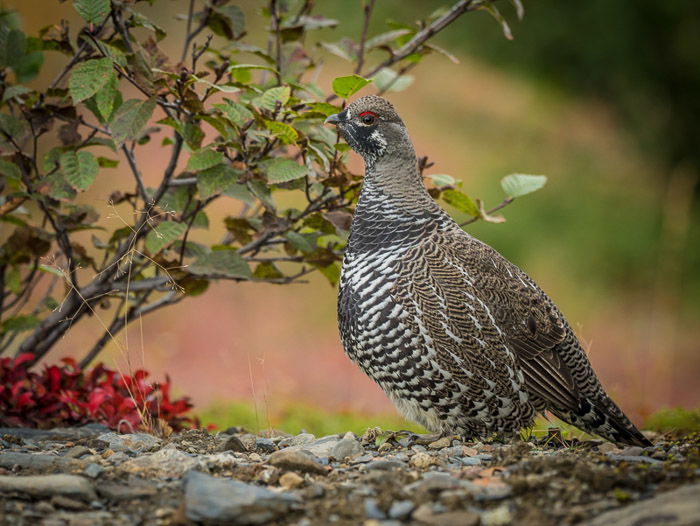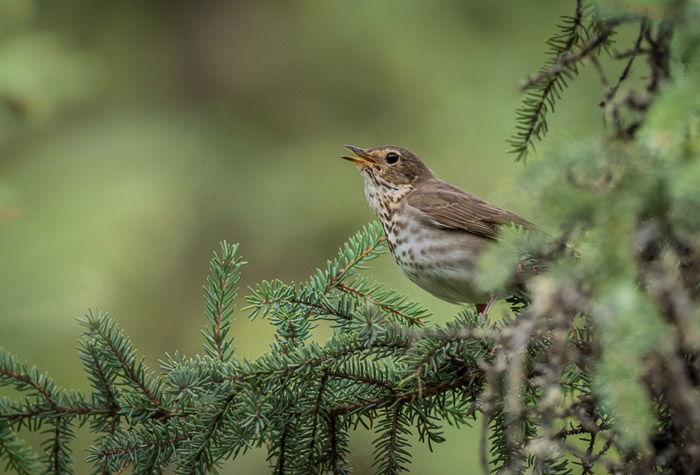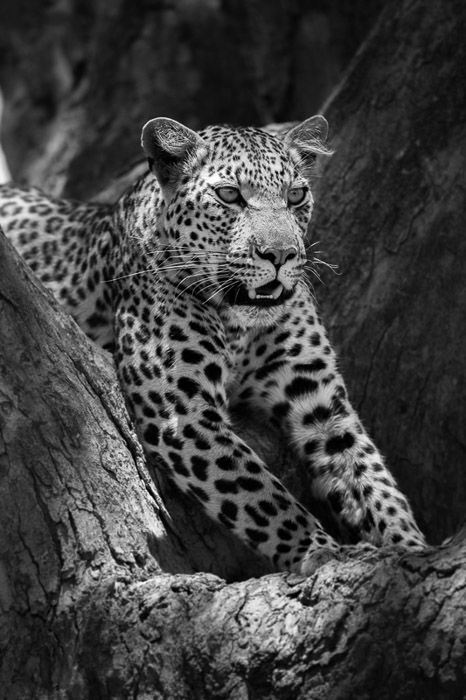Many of these lenses can take admirable wildlife photos, but deciding which is right for you? Well that’s a process. Rather than simply telling you: Buy THIS lens! I want you to consider your needs, shooting conditions, camera system, and of course, your budget. Then you can decide on the best wildlife lens for you. Let’s start with the lens options available and the price ranges. [Note: ExpertPhotography is supported by readers. Product links on ExpertPhotography are referral links. If you use one of these and buy something, we make a little bit of money. Need more info? See how it all works here. — Ed.]
The Best Wildlife Lens for Full Frame/APSC DSLRs
500mm and 600mm F4 lenses from Canon and Nikon have for years been the standard for professional photographers and very serious (or rich) amateurs. These lenses are enormous, flashy, heavy, and with extraordinary image quality. They are also as expensive as a good used automobile. Somewhere north of $10,000 is the current going rate for a new 500mm or 600mm f4 from Canon and Nikon. Sadly, few third party manufacturers make anything comparable. Sigma makes a 500mm f4, and a f4.5 lens for Nikon and Canon. These, while still not inexpensive, come in at around $6,000 USD for the f4 and $5,000 for the f4.5. Substantially less than the offerings from Canon and Nikon. Sony has recently introduced a 400mm f2.8 for their mirrorless E-mount system, but at nearly $12,000, it’s hardly an affordable option for most photographers. A somewhat more affordable option is the 300mm f2.8 lenses. There are a few on the market from Canon, Nikon, and Sigma with a price point that varies from $3,400 for the Sigma to around $6,000 for the Canon. I have personal experience with the Canon and can say from experience that it is incredibly sharp with lighting fast focus. I would expect the alternatives to be comparable. They also work well with 1.4x and even 2x teleconverters. Advantages: Amazing image quality, sharp, fast autofocus, with a beautiful, creamy bokeh, great snob appeal. Disadvantages: expensive, heavy, cumbersome, and difficult to use without a tripod.
Super-Telephoto Zooms
This may be one of the fastest evolving categories of lenses currently on the market. Every year it seems a new manufacturer has entered the fray, or introduced a new version of a lens in this range. These are mid-priced lenses, by which I mean they are still expensive, varying from $1,000 – $2,500. There are so many, I’m hesitant to even list them all, but here are a few highlights: Canon and Nikon 200-400 f4 – Priced nearly as high (or equal to in the case of the Canon) as the big prime lenses, these two are excellent options for the photographer with money to burn, but who also wants some zoom range. They are somewhat smaller than the big 500 and 600 primes, but hardly petite. Both the Canon and the Nikon are lightning fast autofocus and sharp enough to cut with. Canon 100-400L – This is a classic wildlife lens, with excellent quality and a broad zoom range. The newest versions, introduced in the last year or two, also work admirably well with a 1.4x teleconverter. Sigma 150-600 (Contemporary and Sport) – Sigma produces two lenses in this range. The less expensive is the “Contemporary” line which is lighter, has a few less glass elements, and is housed in plastic. The “Sport” lens is more durable and larger and heavier with a full metal housing and somewhat better image quality. Tamron 150-600 – Similar to the Sigma lens, and about halfway between the Contemporary and Sport in price, this lens has been getting solid reviews, particularly in the lastest iteration. Nikon 200-500 f5.6 – With a fixed, relatively fast aperture of f5.6, this lens is popular with many Nikon wildlife shooters. Though not as heavy as the Sigma 150-600 Sport, it is still a physically large lens. I’ll be honest. I like this category of lenses for wildlife photography. The zooms provide a range of compositional options for any shooting situation. They are also substantially smaller and lighter than the big fixed 500 and 600mm lenses, and much, much, less expensive. But there are drawbacks. These tend to have reduced sharpness at the top end of the zoom range (sometimes substantially), and let’s face it you probably will want to use the top end of the range, more often than not. The smaller maximum aperture also results in an increase in depth of field when compared to the big F4s. That also means a rougher bokeh, that lacks the hallmark creaminess of the big, pricey glass. Autofocus speed is compromised at the lower levels of these lenses, but remains excellent at the top end. Advantages: More reasonably priced, compact, and manageable. Generally acceptable image quality at most zoom points. Some options are very sharp. Disadvantages: Variable image quality between models, smaller maximum aperture, image quality is somewhat less than prime lenses, variable autofocus speed.
Micro 4/3rds System
Earlier this year, just a few short months ago, I was exclusively a Canon shooter and I had a broad range from professional bodies, and L-series lenses. From wide angles all the way up to my much used and loved 500mm f4L IS. I had carried that big lens all over the planet with me and made some of my very favourite images of wildlife with it. But it was so big and heavy. So large, in fact, that for assignments and leading workshops in remote places, I’d stopped carrying it. It was just too big and cumbersome. Instead, I started relying on smaller lenses, and eventually I invested in a compact Lumix mirrorless camera, which I viewed as a backup… until I started using it more than my big Canon DSLR. For a week, I rented an Olympus 300mm f4 that I used on my Lumix body. After that week, I realised that the available equipment had moved past the need for the huge prime 500mm lens. So, I made the tough decision to sell off all my Canon gear, including the beautiful white 500mm f4. I opted to purchase a Lumix G9 camera, and an Olympus 300mm f4 PRO lens. At $2,500 for the lens it was a quarter of the price of a new Canon 500mm f4, and the quality, quite frankly, is extraordinary. There is a misconception in digital photography that the only “professional” cameras have full frame sensors. I’m here to tell you that’s utter nonsense. Other sensor sizes like APS-C and particularly m4/3rds are not worse, just different. The smaller sensors of Olympus and Lumix cameras mean that you gain a 2x crop factor relative to full frame, and lenses can be produced smaller and lighter while retaining the same maximum aperture as the big glass. This means that my 300mm f4 lens is comparable to a 600mm f4 in a full frame, but at a third the size and weight. That’s a formula I like. Anyway, my point is: don’t blow off the 4/3rd system. Here are three great options for telephoto lenses for these cameras: Lumix 100-400 – Offering an equivalent range of a whopping 200-800mm, and priced about $1,600, this little lens (and it is small), is a great option for the 4/3rd system, though it lacks the sharpness and smaller max aperture of the two below. Lumix 200 F2.8 – At $2,500, this lens comes equipped with a 1.4x teleconverter making it a 280mm f4 (560mm f4 equivalent). Sharp, compact, light and with a clean bokeh, this is a great lens. Olympus 300mm f4 – Also priced about $2,500, this telephoto is my current wildlife lens. It’s sharp with a clean bokeh and much lighter and more compact that a comparable prime for a full frame camera. Advantages: Smaller and more compact with a magnification and bokeh (almost) equivalent to the prime 500 and 600mm f4s made by Canon and Nikon. Also much more reasonably priced. Disadvantages: Requires a different camera system than Canon or Nikon, some loss of bokeh, and less snob appeal.
Choosing a Telephoto Lens
Now that we’ve covered a good portion of the options available to you, it’s time to decide on a lens. But first, a word of warning: You should concern yourself with function and quality, not size. There is a lot of snob appeal to a big lens. It draws attention, and lots of “wows” from fellow photographers and passersby, but it won’t make you a better photographer. Follow these steps when deciding on a lens:
Conclusion
Finding the best wildlife lens for you is not simple. There are many things to consider and no matter which option you select, it won’t be cheap. So don’t make the decision off hand. Consider the options, explore the gear, try stuff out, and then decide. Don’t get wrapped up in lens snobbery. The big glass is unquestionably incredible, but it’s not required for great images. Remember that.

